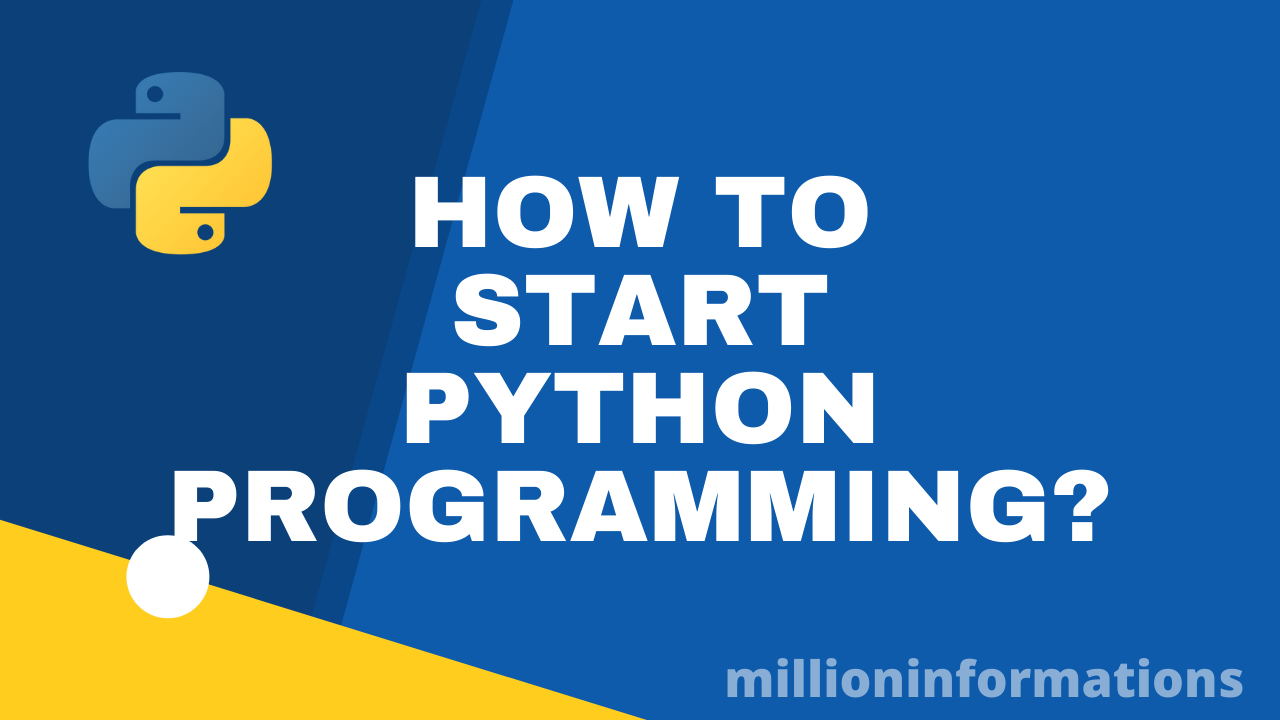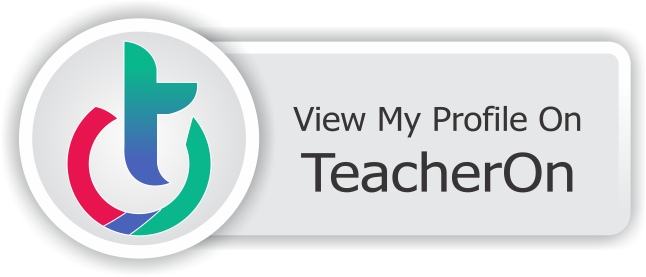Wednesday, 29 March 2023
Introduction to Tableau and Step-by-Step Roadmap to Learn It
Introduction to Tableau and Step-by-Step Roadmap to Learn It
Tableau is a powerful data visualization tool that is used by businesses of all sizes to analyze and interpret data. It is user-friendly and can handle large datasets, making it an ideal tool for businesses that need to make data-driven decisions. In this article, we will introduce you to Tableau and provide you with a step-by-step roadmap to learn it.
What is Tableau?
Tableau is a data visualization tool that allows you to create interactive dashboards, charts, and graphs. It is designed to help businesses gain insights from their data and make informed decisions. Tableau can connect to various data sources, including spreadsheets, databases, and cloud services, making it easy to analyze and interpret data from different sources.
Step-by-Step Roadmap to Learn Tableau
Learn the basics of Tableau: The first step to learning Tableau is to understand its basic concepts and features. You can start by downloading and installing the free trial version of Tableau. Once you have installed Tableau, you can start by exploring its user interface, creating simple charts and graphs, and learning how to connect to different data sources.
Learn Tableau calculations: Tableau provides a range of calculation options that can be used to create complex data models and analysis. You can learn Tableau calculations by following online tutorials, taking online courses, or by attending Tableau workshops.
Learn Tableau data blending: Tableau data blending allows you to combine data from multiple data sources. This can be useful when you need to analyze data from different sources. You can learn Tableau data blending by following online tutorials or by attending Tableau workshops.
Learn Tableau data visualization: Tableau provides a range of data visualization options, including bar charts, line charts, scatter plots, and heat maps. You can learn Tableau data visualization by following online tutorials, taking online courses, or by attending Tableau workshops.
Learn Tableau advanced features: Tableau provides advanced features that can help you analyze complex data models, including forecasting, clustering, and trend analysis. You can learn Tableau advanced features by following online tutorials or by attending Tableau workshops.
Practice Tableau: The best way to learn Tableau is by practicing. You can practice by creating your own datasets and using Tableau to analyze and visualize them. You can also participate in Tableau challenges and competitions to improve your skills.
Conclusion
Tableau is a powerful data visualization tool that can help businesses gain insights from their data and make informed decisions. Learning Tableau requires a step-by-step approach that includes understanding its basic concepts, learning Tableau calculations, data blending, data visualization, advanced features, and practicing. By following this roadmap, you can learn Tableau and become proficient in using it to analyze and interpret data.
.png)



No comments :
Post a Comment